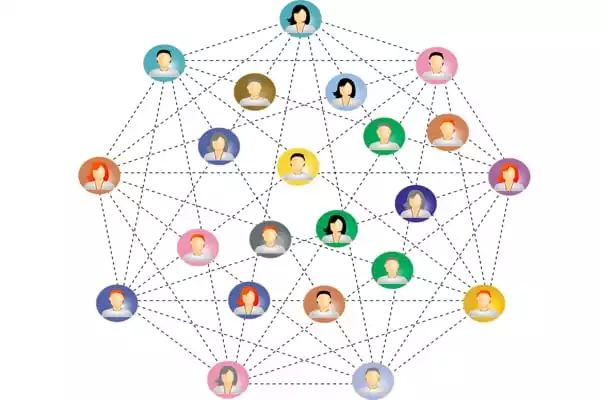Digital avatars, according to an associate professor of marketing at the University of Texas at Arlington, can replace a sales force and customer service employees for a fraction of the cost. Avatars are typically computer-generated representations of people in this context. According to UTA Associate Professor Fred Miao, they can fill the void in interactive assistance that the majority of shoppers desire.
With millions of businesses competing for the attention of a customer, having a strong brand has never been more important. However, it takes more than a catchy tagline and a gleaming logo. A brand avatar could be the difference between you and your competitors. In other words, a physical alter ego that serves as the face and voice of your brand’s personality – something that can help humanize your company, set it apart from the competition, and inspire trust in both customers and employees.
“According to an Accenture survey of online shoppers, 62 percent never completed their purchases due to a lack of real-time customer service or support. According to the Accenture survey, 90 percent of those polled desired interactive assistance while shopping “rocess,” said Miao, a faculty fellow at UTA’s College of Business’ John Merrill Endowed Professorship in Consultative Sales. “When used correctly, avatars can fill this void at a fraction of the cost of hiring and training human salespeople and service employees.”
When used correctly, avatars can fill this void at a fraction of the cost of hiring and training human salespeople and service employees. According to an Accenture survey of online shoppers, 62 percent never completed their purchases due to a lack of real-time customer service or support. According to the Accenture survey, 90 percent of those polled desired interactive assistance while shopping “rocess”.
Associate Professor Fred Miao
Miao’s paper, “An Emerging Theory of Avatar Marketing,” appears in the Journal of Marketing, the American Marketing Association’s premier research publication. Miao argues in his analysis that businesses that use avatar representatives should be on the lookout for misalignment between the form and behavioral realism of their avatars. Form realism refers to how closely an avatar resembles a real human being. Behavioral realism refers to an avatar’s “intelligence” and whether or not it behaves like a human.
“It’s difficult to match those two parts of an avatar,” Miao said. “When the physical and behavioral aspects do not match, the effectiveness of using avatars can be inconsistent and, at best, context-dependent, such as perceived financial risk.”

Avatars may be most effective in complex relational exchanges with customers, such as when someone chooses a skincare product, when they are highly realistic looking and intelligent. Customers are better served with less realistic-looking avatars that still act intelligently when interactions involve privacy concerns, such as in mental health interviews.
Miao urges firms to consider five interrelated areas in using avatars:
- timing
- form realism
- behavioral realism
- form-behavioral realism alignment
- situational factors and context
“The bottom line is that, with businesses’ budgets so tight, using avatars for marketing or customer service could not only be a worthwhile management tool to consider, but also a means of increasing sales through consistent service quality,” Miao said.
Miao’s work, according to Elten Briggs, chair and associate professor in the Department of Marketing, provides critical insights to businesses. Briggs stated, “Avatars and other forms of artificial intelligence are increasingly being used to deliver services to customers.” “Dr. Miao’s paper provides much-needed guidance on how businesses can use avatars to improve the service experiences of their customers.”
With the opportunities provided by content marketing and social media, there are more ways than ever before to leverage a brand avatar – allowing you to connect with audiences, build brand trust and loyalty, and drive sales. When your company is competing against millions of others, this can mean the difference between success and failure.















